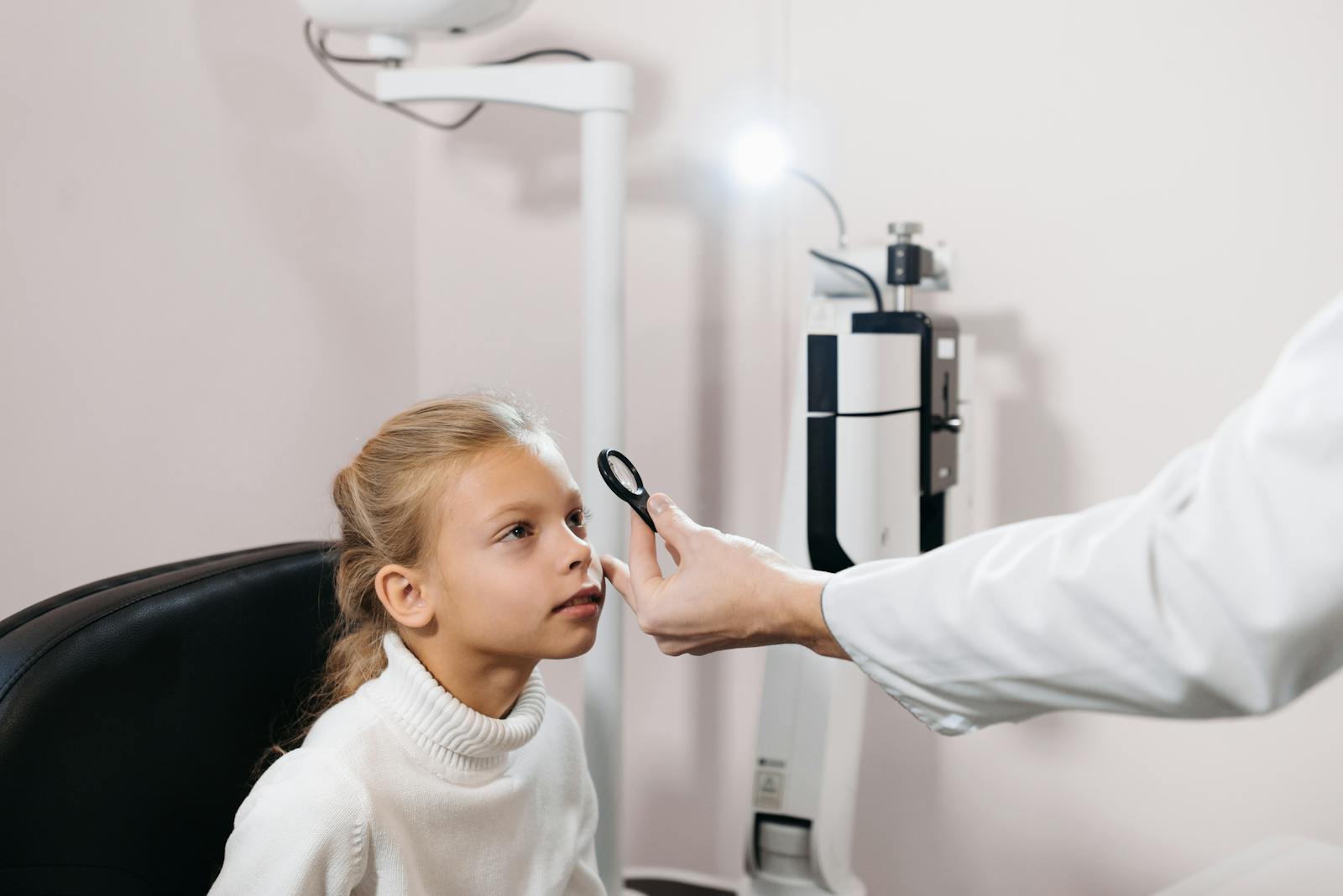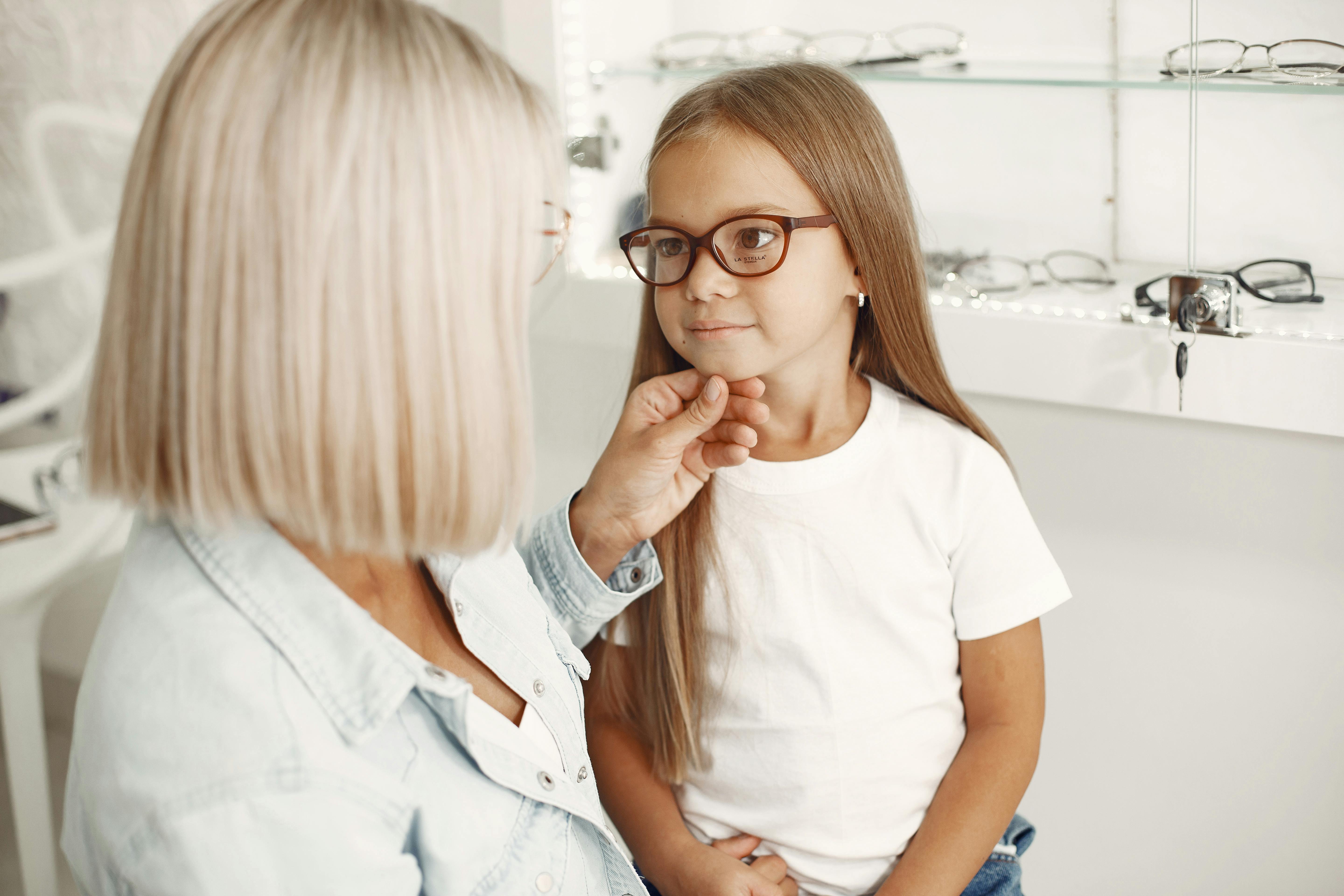Although vision issues are more commonly associated with adults and seniors, more kids today are experiencing ocular issues. In fact, the Centers for Disease Control and Prevention (CDC) estimate that almost 7% of all minors have a diagnosed eye and vision condition. Additionally, nearly 3% of this population has vision impairments that make seeing clearly difficult, thereby requiring the use of medical devices.
If you are buying your child's first prescription glasses, here is some helpful information.

Prescription eyeglasses, which, according to recent surveys, are among the most common vision corrective aids. While using glasses can be highly beneficial, especially given that up to 80% of all early childhood development is visual, buying your child’s first pair of specs may require special consideration.
Some children may feel self-conscious or physically uncomfortable with their new eyewear. So, how can a parent choose the right first pair that will set a smooth course for your child’s future eyewear experiences?
Let them choose their own pair
For some kids, wearing glasses feels more like a chore because they see it as their parent’s decision. As an act of defiance or disinterest, some kids may then choose to forego their glasses because they don’t feel invested in them.
It may help to let them try different styles on themselves rather than just choosing for them. If you are both too pressed for time to visit optical shops, a great option is to check out eyeglasses online instead.
Retailer Frames Direct highlights how online shopping platforms are hugely convenient because they let you browse dozens of styles from the comfort of your home.
Virtual try-on tools can serve as a fun and engaging way for your kid to see how certain pairs will look on them. Giving them this choice offers them a sense of involvement that will inspire them to be consistent with their glasses use.
Try to consider their style
It helps if you and your child take your their existing clothes into account. Doing so will help ensure that the glasses they end up with are versatile enough to suit different outfits. This will help keep your child’s aesthetic looking cohesive.
Aside from this, if your child is old enough to dress themselves, this will help teach them how to style their glasses in such a way that it complements their clothes without losing sight of their personal tastes.

Even young children are quick to recognize that how they dress is highly individual. If they don’t like how they look, they won’t wear it, which, in the case of glasses, is also detrimental to their health. By ensuring that the glasses align with the clothes they’ve picked out, too, you’re ensuring that they feel more at ease.
Think of their lifestyle
You will also want to consider how your child’s lifestyle may impact the glasses they need. Doing this is crucial, as it will shape whether the glasses end up being helpful or just cumbersome.
Studies show that kids are clocking in record-high screen times. On average, American children can spend up to three hours in front of a screen, though this number can easily swell if they’re also doing other things like online learning. It may help to consider using glasses with blue light filters, too. This way, they’re protected from the potentially harmful light waves that have been connected to problems like eye strain and can worsen their respective refractive error.
Remember, glasses are meant to be worn regularly, so they should suit your child’s daily routine and needs.
